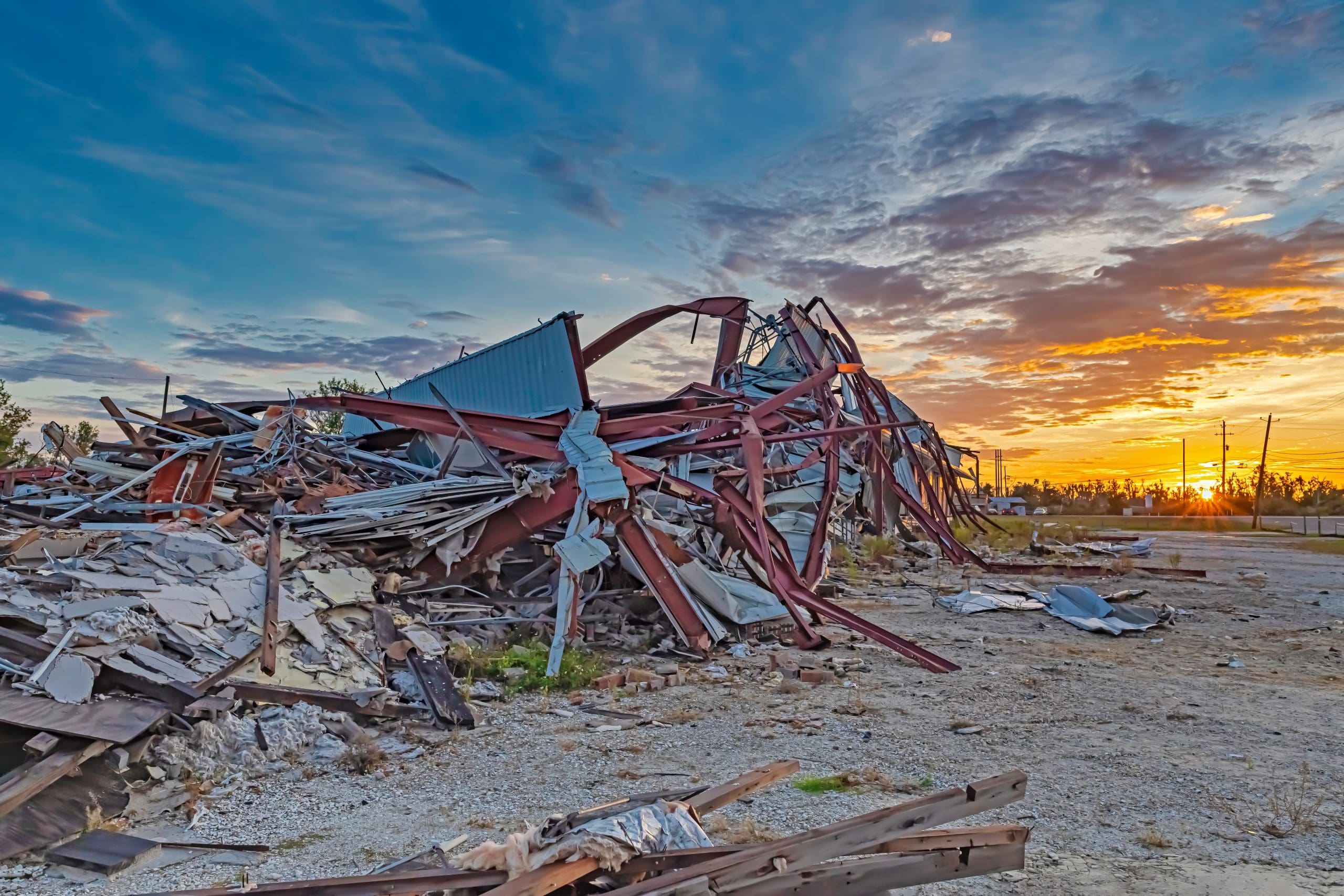
You only have to skim the headlines to read about a new natural disaster impacting some part of the country, from hurricanes to wildfires.
According to the National Oceanic and Atmospheric Administration, there have been 23 extreme weather events in America that cost at least $1 billion through August 2023, overtaking the year-long record total of 22 events in 2020. The increased weather disasters have been credited to climate change and El Nino adding more energy to the atmosphere and oceans.
Because of the frequency and severity of these natural disasters, all businesses that purchase insurance will be impacted.
“With the scale of some of these losses, all areas of insurance have been impacted, including reinsurance costs, supply chain issues, increased costs of products, carrier loss ratios, carrier capacity and carrier appetite are examples of areas that will put an upward pressure on rate for the insurance buyer,” says Drew Garcia, vice president of Rancho Mesa Insurance Services.
Garcia says that regardless of a business’s individual claim activity year over year, owners have seen a consistent increase on their policies.
“Insurance is powered by group purchasing; claim activity, wage inflation, social inflation and natural disasters all contribute to cost increase,” Garcia says.
Part of the problem driving the cost of insurance up is due to underpriced policies that don’t accurately factor in the cost of an extreme weather event. In some cases, insurers have withdrawn entirely from certain states, citing the growing cost of natural disasters and construction.
Garcia advises owners to update their property policy annually to reflect the current cost of construction.
“This can be done through a review of current building construction costs for the particular area,” he says. “Without insuring your building to adequate limits, the insured would be in a position where they might need to absorb the difference.”
Certain natural disasters like flooding and earthquakes are excluded from most standard property policies. Garcia says if you are concerned that a flood or earthquake could impact your business, you should talk to your agent about a flood or earthquake policy.
While these natural disasters are uncontrollable, owners can better prepare by reviewing their property policy annually to understand their limits and exclusions.
“This would also include updating your equipment coverage limits based on the policy terms valuation,” Garcia says. “Typically, a landscape business will have an inland marine policy to cover their equipment. Larger items are generally scheduled on the policy with the make, model, year, serial number and value. Small items such as blowers, edgers, and chainsaws, for example, are generally lumped together as miscellaneous with a max per any item limitation.”

